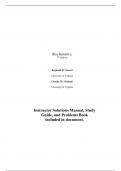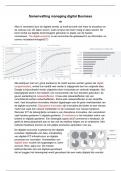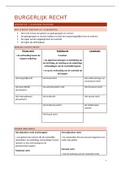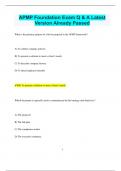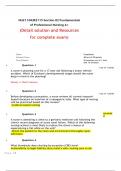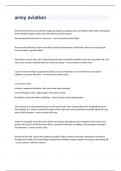Exam (elaborations)
Solutions for Biochemistry, 7th Edition by Garrett Grisham
- Course
- Institution
Complete Solutions Manual for Biochemistry 7e 7th Edition by Charles M. Grisham, Reginald H. Garrett. Full Chapters Solutions are included - Chapter 1 to 32 Part I: MOLECULAR COMPONENTS OF CELLS. 1. The Facts of Life: Chemistry is the Logic of Biological Phenomena 1. 2. Water: The Medium of Li...
[Show more]
